Race and Ethnicity: African American - Starting with W
West Ninth Street (Little Rock)
aka: West 9th Street
West, John (Lynching of)
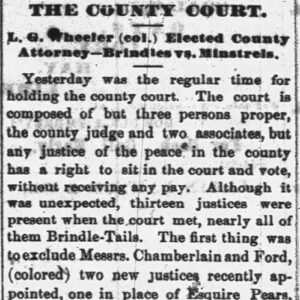 L. G. Wheeler Election Story
L. G. Wheeler Election Story
Wheeler, Lloyd Garrison
 When My Scars Are My Testimony
When My Scars Are My Testimony
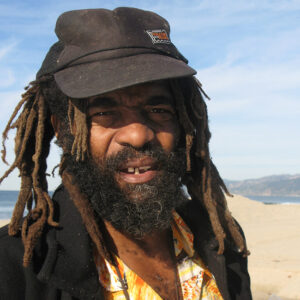 Elton White
Elton White
White, Hayes (Execution of)
White, Isom (Execution of)
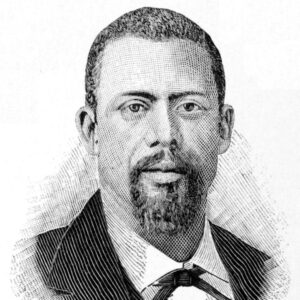 James T. White
James T. White
Whitfield, Ed
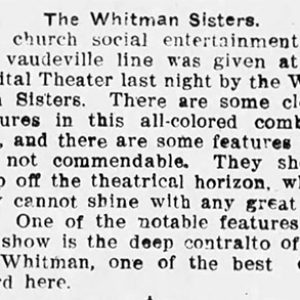 Whitman Sisters Article
Whitman Sisters Article
Whitman, Essie Barbara
Wiley, Bill (Lynching of)
 Hank Wilkins
Hank Wilkins
William (Lynching of) [1836]
William (Lynching of) [1846]
 Williams and Griffen
Williams and Griffen
 "Ink" Williams
"Ink" Williams
Williams, Albert (Lynching of)
Williams, Edward (Reported Lynching of)
Williams, Ernest (Reported Lynching of)
Williams, J. Mayo “Ink”
Williams, John (Lynching of)
Williams, Lenny
 Lenny Williams
Lenny Williams
Williams, Leonard Lee (Killing of)
Williams, Robert (Execution of)
Williams, Robert Lee, II
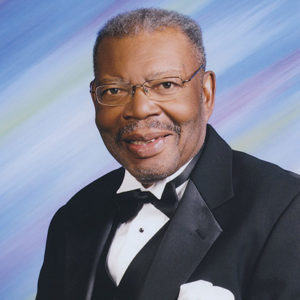 Robert Williams
Robert Williams
Williams, Samuel Woodrow
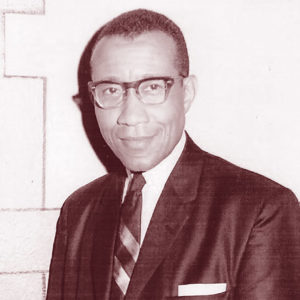 Samuel Williams
Samuel Williams
Williams, Sidney Banks, Jr.
Williams, Sophronia Reacie
Williams, Sterling B.
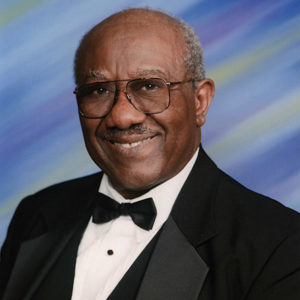 Sterling Williams
Sterling Williams
Williams, Sue Cowan
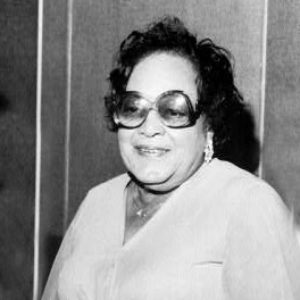 Sue Cowan Williams
Sue Cowan Williams
 Sue Cowan Williams
Sue Cowan Williams
Williamson, “Sonny Boy”
aka: Aleck Miller
 Corliss Williamson
Corliss Williamson
 Corliss Williamson
Corliss Williamson
Williamson, Corliss Mondari
Wilson, Alexander (Lynching of)
Wilson, Hog (Lynching of)
Wilson, Tom (Lynching of)
Witherspoon, Jimmy “Spoon”
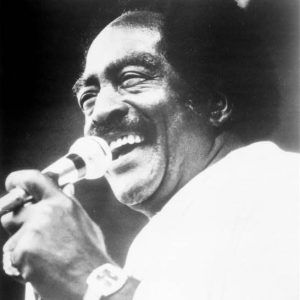 Jimmy "Spoon" Witherspoon
Jimmy "Spoon" Witherspoon
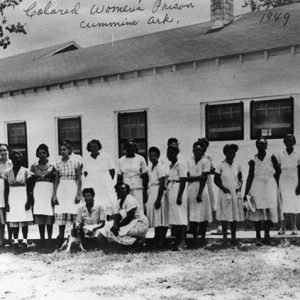 Women Prisoners
Women Prisoners




